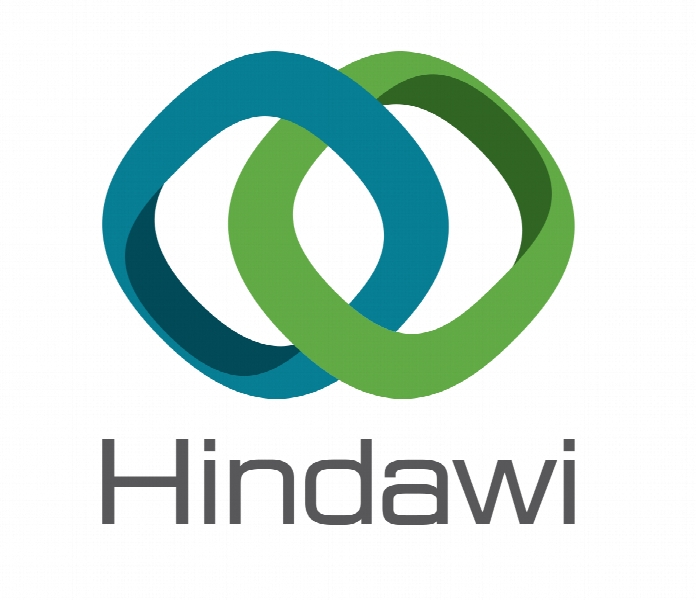سونوگرافی در تشخیص پیش از تولد و تاثیر آن بر اپیدمیولوژی مهرهشکاف Ultrasound in Prenatal Diagnostics and Its Impact on the Epidemiology of Spina Bifida in a National Cohort from Denmark with a Comparison to Sweden
- نوع فایل : کتاب
- زبان : انگلیسی
- ناشر : Hindawi
- چاپ و سال / کشور: 2018
توضیحات
رشته های مرتبط پزشکی
گرایش های مرتبط اپیدمیولوژی
مجله بین المللی تحقیقات بیومدیکال – BioMed Research International
دانشگاه Aarhus University Hospital – Aarhus – Denmark
منتشر شده در نشریه هینداوی
گرایش های مرتبط اپیدمیولوژی
مجله بین المللی تحقیقات بیومدیکال – BioMed Research International
دانشگاه Aarhus University Hospital – Aarhus – Denmark
منتشر شده در نشریه هینداوی
Description
1. Introduction Since the introduction of new guidelines for prenatal diagnostics in 2004, all pregnant women in Denmark have been offered a prenatal screening program.The program comprises two ultrasound scans during their pregnancy: one in gestational weeks 11–14 (scanning primarily for chromosomal abnormalities) and one in gestational weeks 18–21 (scanning primarily for malformations) as well as midwife consultations between the scans [1]. These guidelines were issued by the Danish Health Authority in 2004. They were not designed to eradicate disease but to support pregnant women’s reproductive autonomy, confirm normality by offering ultrasound and possibly genetic testing, facilitate planning of optimal postnatal care, and give women the possibility of applying for late termination of pregnancy (ToP) in case of severe fetal disease, like spina bifida (SB), within week 22 + 0.The current screening uptake is approximately 97%. SB is a birth defect in the group of neural tube defects (NTD). It results from failed closure of the neural folds during the first month of gestation. SB is associated with severe morbidity and mortality, depending on the type, size, and site of the lesion [2, 3]. The incidence of SB differs globally from 1.7 to 19 : 10,000 fetuses [4–12]. SB can be detected in the second trimester using ultrasound which will reveal specific cranial signs of the cerebellum and the skull [13]. Previous studies have shown that intake of folic acid during pregnancy may decrease the risk of SB [6, 7]. This has made some countries use mandatory food fortification to ensure adequate supply of folic acid to pregnant women [6, 14]. In Denmark, folic acid is recommended as a food supplement from the day pregnancy is planned, but it is not added to food as part of a mandatory scheme. Danish folic acid recommendations have shown no impact on the incidence of SB fetuses in western parts of the country due to Danish pregnant women not complying with the guidelines and thus not getting the recommended amount of folic acid [15–17]. Even so, one of these studies showed a decrease in the incidence of infants born with SB after year 2006, that is, at the same time as the above-mentioned prenatal screening program was introduced at all obstetric departments in Denmark [16].This suggests that the use of ultrasound scans may have an impact on the epidemiology of SB in Denmark.


